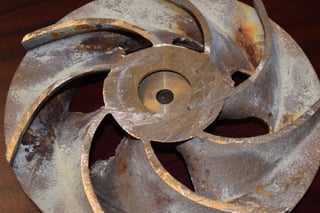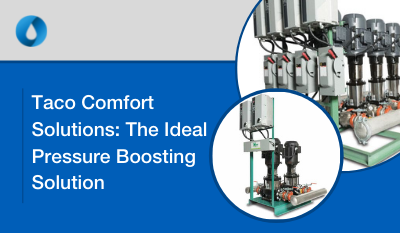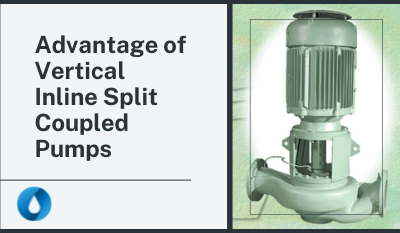 Pump Cavitation. Even if you don't know anything about HVAC pumps, you would probably think this is a bad thing. And, you would be right!
Pump Cavitation. Even if you don't know anything about HVAC pumps, you would probably think this is a bad thing. And, you would be right!
Pump cavitation occurs when there is insufficient water pressure at the inlet. Centrifugal pumps used in HVAC systems do not SUCK water; they PUSH water. So, a certain amount of water pressure must be present at the suction side of the pump to ensure cavitation does not occur. This might be called a “flooded suction”. The pressure required at the pump suction may be found on its published pump curve and represented by the NPSHr line (Net Positive Suction Head required).
How do you know if your pump is experiencing cavitation? Ever heard the term “pumping rocks”? That is typically what a cavitating pump sounds like. It sounds like rocks are moving through and banging around inside the pump.
To safeguard your HVAC pumps against cavitation in closed-loop piping systems, ensure your PRV setting is sufficient to maintain positive pressure throughout the piping system. In open systems, such as condenser water piping loops, ensure the pump suction is below the cooling tower basin and that there are no inverted “U’s” in the suction piping that might hinder flow to the pump. Clogged strainers on pump suctions in both systems are also a common cause of cavitation. Check any air separators, suction diffusers, and y-strainers for obstructions.
There is a type of cavitation that is not necessarily associated with insufficient pump inlet pressures, and it has to do with radial thrust. A topic for another blog, radial thrust occurs when the pump operates outside its published operating range. At these conditions, the pressures within the volute (wet end) of a single suction centrifugal pump become imbalanced. Low pressure pockets may form, and may cause cavitation. In these conditions, the imbalanced pressures are a more immediate threat to the pump than the cavitation, causing bearing and seal failures in short order. You can witness this in any pump by throttling its discharge valve near and to the point of shut-off, which is okay for brief testing, but harmful if allowed to continue.
I hope this clears up confusion you might have had on this topic. Ensuring sufficient pressure at the pump suction will keep it operating happily for a long time. For more information on this and other topics, visit us at www.heattransfersales.com. For help with your system in North Carolina and South Carolina, contact your local Heat Transfer Sales representative for an onsite consultation.
Blog image property of Heat Transfer Sales of the Carolinas.




.png)




Submit a Comment